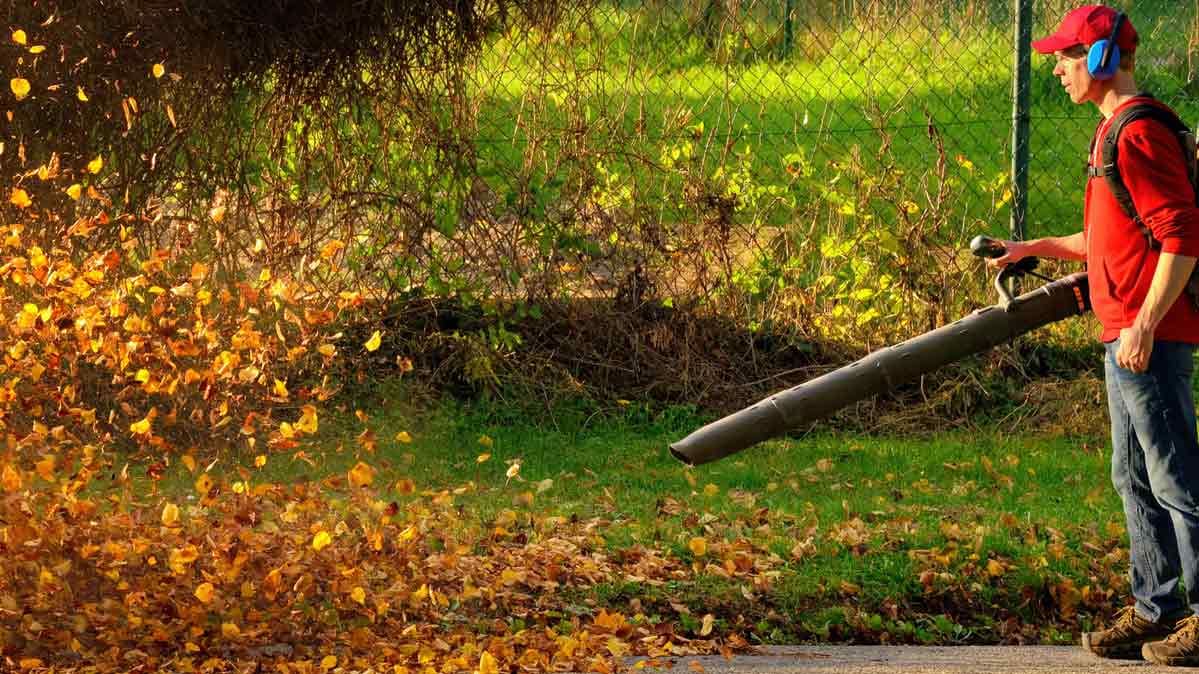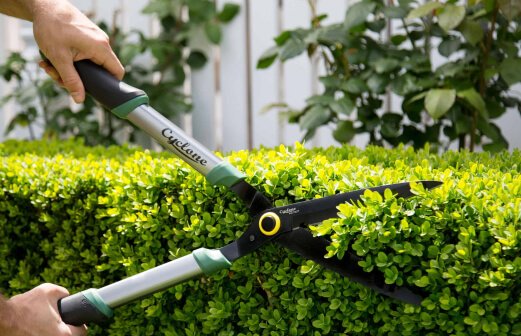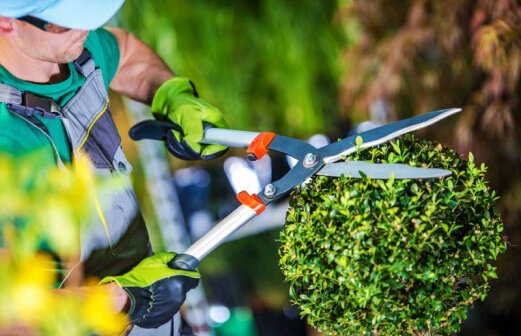
Seasonal Maintenance Tips for a Lush and Healthy Lawn
Maintaining a lush and healthy lawn in the Northeastern United States requires proper seasonal care and attention. With distinct seasons and temperature fluctuations, lawns in this region face unique challenges and opportunities for growth. In this article, we will provide seasonal maintenance tips tailored to the Northeastern climate, covering essential lawn care practices such as mowing, fertilizing, and weed control, to help you achieve a beautiful and vibrant lawn year-round.
Spring Lawn Care
Raking and Cleanup
As winter retreats, begin by raking and cleaning up any debris, leaves, or dead grass that accumulated during the colder months. Raking helps prevent thatch buildup and promotes better air circulation for healthy grass growth.
Aeration
Consider aerating your lawn in the early spring to improve soil compaction and enhance water and nutrient absorption. Aeration creates small holes in the soil, allowing oxygen to reach the grass roots and promoting overall lawn health.
Fertilize
Apply a balanced, slow-release fertilizer in early spring to provide essential nutrients for the growing season. Look for fertilizers with higher nitrogen content for a healthy green lawn.
From cozy homes to commercial properties, we serve a wide range of clients, tailoring our services to meet their unique needs.

Residential & Commercial
Professional Tree Services
Donec at sem eleifend ligula efficitur pretium. Suspendisse fringilla quis arcu sed volutpat. Maecenas vitae tempus est. Aenean et elementum dolor. Suspendisse eget sollicitudin lectus. Ac maximus turpis. Quisque tristique, tortor in varius lobortis, sapien ex ullamcorper elit

Mahela Fernandez
Founder
Donec facilisis lobortis eros, eget pretium nunc tempor sit amet. Fusce consectetur tortor in quam ultrices faucibus. Suspendisse in dolor vulputate, ondimentum orci vulputate, aliquam arcu. Donec enim nulla, condimentum sit amet pharetra nec, consectetur nec dolor. Nullam tristique felis

Jane Smith
Manager
Aliquam elementum neque in libero porta tincidunt. In sagittis pellentesque libero, et condimentum massa ultrices nec. Etiam blandit congue arcu vitae bibendum.. Vivamus eros nulla, molestie ut venenatis vitae, dictum at nunc.

Jennifer
COE, Forest Corp.
When winter settles in the Northeastern United States, many yards may seem dormant and bleak, lacking the vibrant colors and lush foliage of the warmer seasons. However, with thoughtful planning and strategic landscaping choices, you can infuse your yard with charm and color even during the winter months. By incorporating evergreen plants, winter-blooming shrubs, and decorative elements, you can maintain interest and beauty in your yard throughout the colder season. In this article, we’ll explore landscaping ideas that will transform your yard into a captivating winter wonderland.
Summer Lawn Care
Mowing
During the summer, adjust your mowing height to accommodate for heat stress. Raise the mower height to leave the grass blades longer, which helps shade the soil and retain moisture. Mow the lawn regularly to prevent the grass from becoming too tall and stressed.
Watering
Proper watering is essential during the hot summer months. Water your lawn deeply and infrequently, early in the morning or late in the evening, to reduce evaporation and fungal growth.
Spot Treat Weeds
If weeds emerge despite your pre-emergent efforts, spot-treat them with a post-emergent herbicide or hand-pull them to prevent them from spreading.
Fall Lawn Care
Raking and Aeration
As the leaves start to fall, continue regular raking to avoid leaf buildup, which can smother the grass and promote disease. You can also use a mulching mower to finely chop the leaves and return them to the soil as a natural nutrient source.
Over seeding
Fall is the ideal time for over seeding your lawn to fill in bare spots and thicken the turf. Choose a high-quality grass seed blend suitable for your lawn’s specific conditions.
Fertilize
Apply a fall-specific fertilizer to nourish the grass and support root development before winter arrives. Look for fertilizers with higher potassium content to enhance winter hardiness.
Winter Lawn Care
Avoid Traffic on Frozen Grass
During the winter, avoid walking or driving on frozen grass to prevent compaction and damage.
Snow Removal
Remove heavy snow from your lawn to minimize the risk of snow mold and allow the grass to breathe and receive sunlight when possible.
By following these seasonal maintenance tips, you can create a lush and healthy lawn that thrives in the Northeastern climate year-round. From spring’s early preparations to summer’s watering and weed control, and fall’s over seeding and fertilization, each season plays a crucial role in maintaining a vibrant and resilient lawn. Embrace these lawn care best practices, and your lawn will become a beautiful and inviting carpet of green, enhancing the beauty and value of your outdoor space for years to come. Happy lawn caring!





